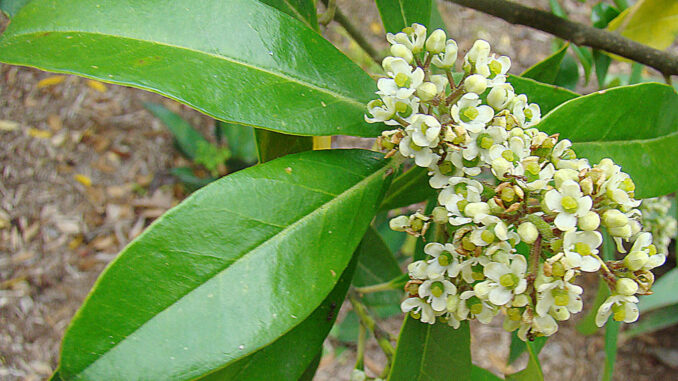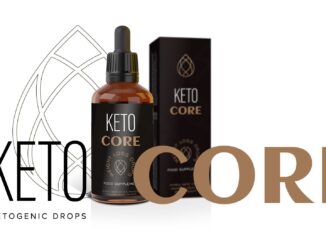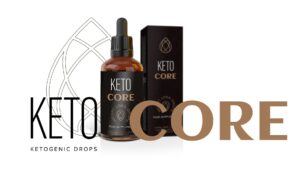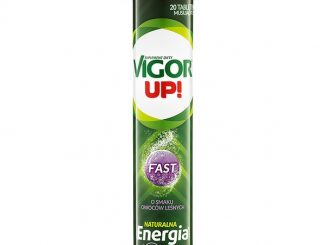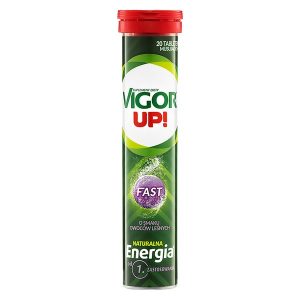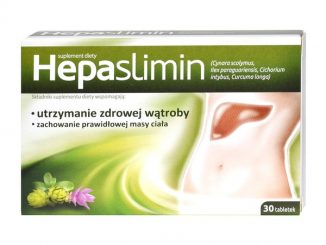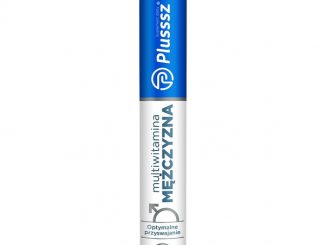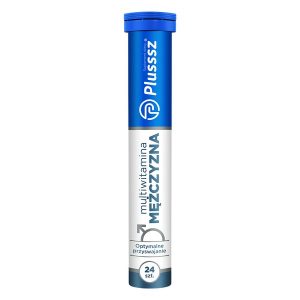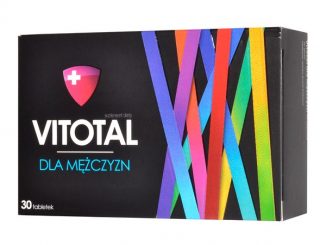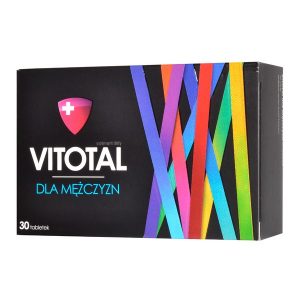The properties of Yerba Mate
Yerba mate or yerba-maté (Ilex paraguariensis; from Spanish [ˈʝeɾβa ˈmate]; Portuguese: erva-mate, Portuguese pronunciation: [ˈɛɾvɐ ˈmatɨ] or [ˈɛhvɐ ˈmatʃi]; Guarani: ka’a, IPA: [kaʔa]) is a plant species of the holly genus Ilex native to South America.
Yerba mate contains a variety of polyphenols such as the flavonoids quercetin and rutin.
Yerba mate contains three xanthines: caffeine, theobromine, and theophylline, the main one being caffeine. Caffeine content varies between 0.7% and 1.7% of dry weight (compared with 0.4–9.3% for tea leaves, 2.5–7.6% in guarana, and up to 3.2% for ground coffee); theobromine content varies from 0.3% to 0.9%; theophylline is typically present only in small quantities or sometimes completely absent. A substance previously called “mateine” is a synonym for caffeine (like theine and guaranine). Yerba mate also contains elements such as potassium, magnesium, and manganese.
Yerba mate has been claimed to have various effects on human health, most of which have been attributed to the high quantity of polyphenols found in the beverage. Research has found that yerba mate may improve allergy symptoms and reduce the risk of diabetes mellitus and high blood sugar.
Mate also contains compounds that may act as an appetite suppressant and possible weight loss tool, increases mental energy and focus, improves mood, and promotes deeper sleep; however, sleep may be negatively affected in people who are sensitive to caffeine.


























































